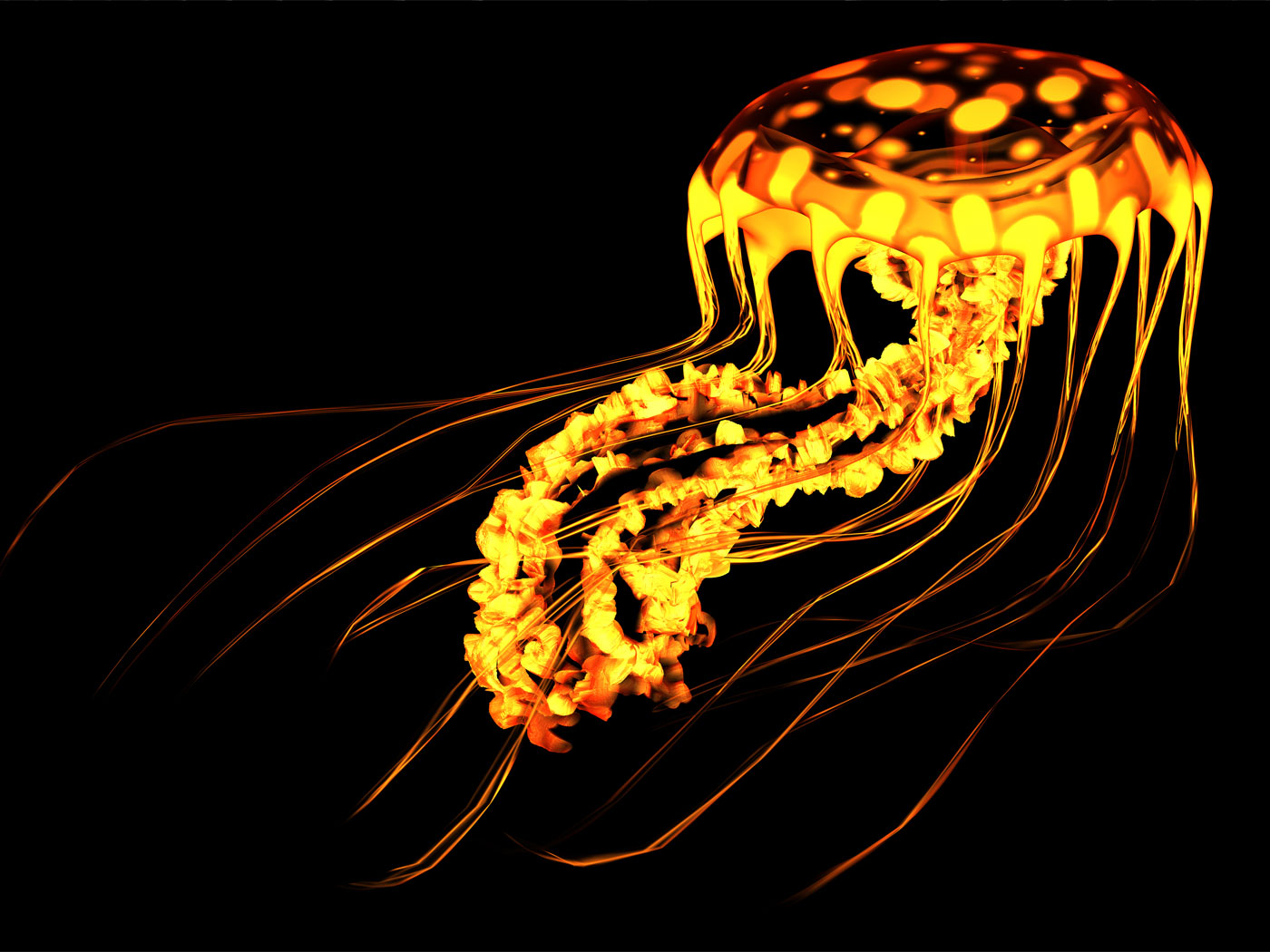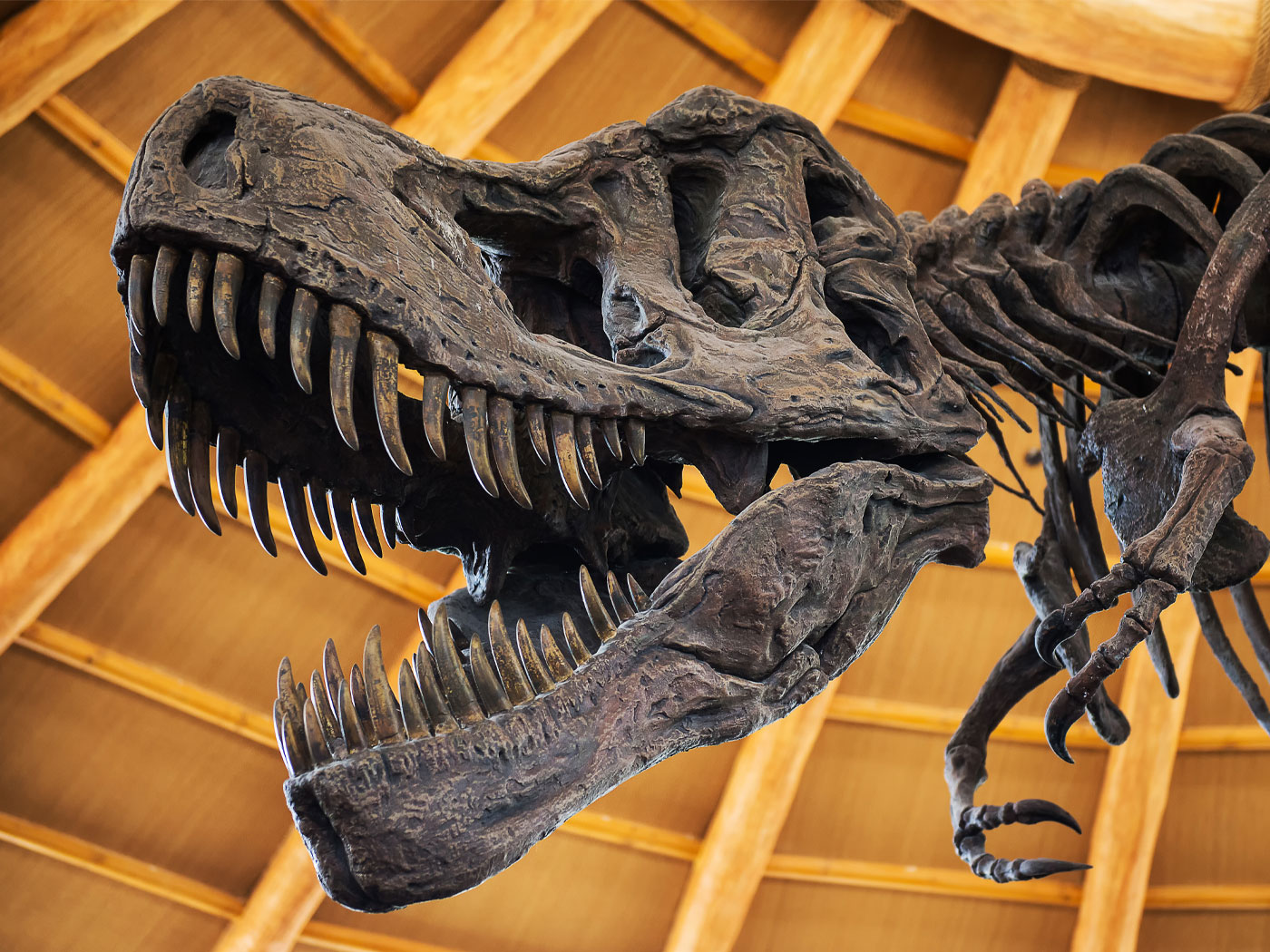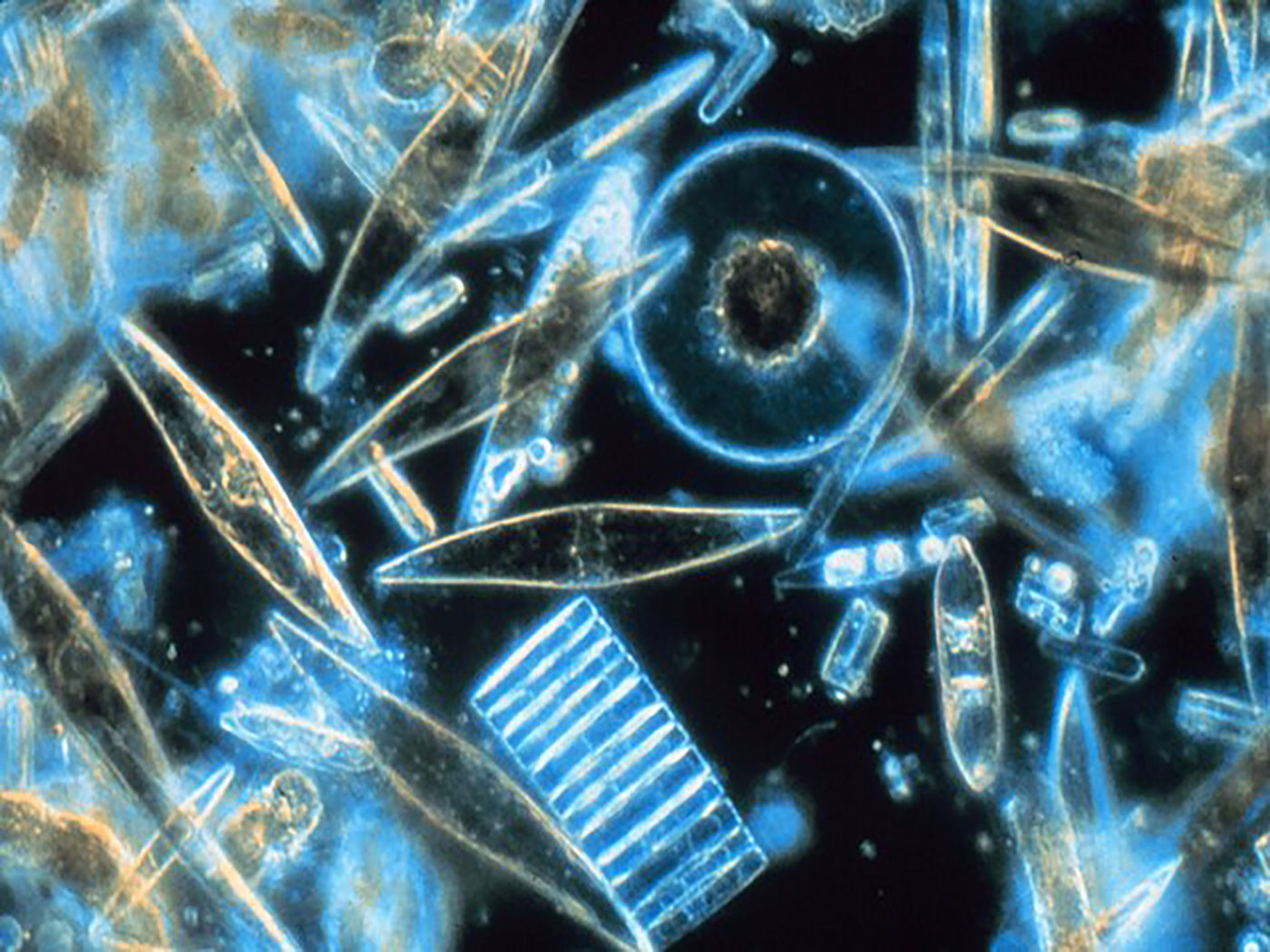White-tailed deer are generally brown, but sometimes they can appear all black or all white. Photographer Richard Buquoi captured striking photographs of a dark fawn in 20101 and verified the images when some questioned whether his photographs were real: "I took the photos of the black fawn near Austin, TX. That area of central Texas seems to have a concentration of black 'white-tailed' deer, although it is still extremely rare to find them. This is a wild deer, but resides in a greenbelt near a neighborhood."2
Melanism is the name of the darkened coat effect in animals, but what causes it?
"[Researchers] admit that they aren't sure, but they say the mutation likely has been perpetuated because it offers a survival advantage," according to an article appearing on the North American Whitetail magazine's website.3
Well, the reason that evolutionary researchers would say that the trait was born from "survival advantage" is because that is standard Darwinian doctrine. But it does not express the results of scientific tests. Alternatives deserve consideration and could also be tested. For example, what if the darker color is not caused by an accidental mutation but by a purposefully designed genetic switch? Evolutionists have had trying times interpreting evidence for non-random mutation.4, 5
And just because something "offers a survival advantage" does not mean it becomes a real creature feature. An instinct to avoid traffic would give squirrels a survival advantage, but they persist in trying to juke straight-rolling tires.
So, the melanistic deer trait could have arisen by an accidental genetic mutation or by unfolding an aspect of a pre-planned genetic suite of coat color options. How would a biologist test these ideas?
One would first need to discover the genetic cause of this trait—a difficult and costly task. Is melanism caused by a rare allele, a difference in regulatory sequence, a combination of these, or some other genetic cue? Even knowing that would not necessarily reveal the true history of how the allele or other DNA difference arose. Did it arise by mutation, or by any of the increasingly discovered numbers of genetic shuffling algorithms?6 The answers may not come soon.
Meanwhile, deer express other rare coat colors. Some visitors to the Seneca Army Depot in New York state have seen dozens of bright white deer among the hundreds protected there. They are not truly albino, because although their hair lacks pigment, their eyes and hooves do not. The ratio of white to normal brown deer has risen since the first observation of a white buck and fawn in the late 1940s.
From the perspective of Scripture, God would have given deer effective survival traits, including the potential for those traits to shift in preparation for survival or fitting into a changed environment as its generations fill the earth. But who is to say that He would not also have planted within the deer kind creative expressions of His painter's palette?
References
- Black Whitetail Fawn. R. M. Buquoi Photographics. Posted on rmbuquoiphoto.photoshelter.com May 24, 2010, accessed January 29, 2013.
- Black Fawn. Snopes. Posted on snopes.com August 15, 2010, accessed January 29, 2013.
- Whittington, G. Rarest Whitetails Of All? North American Whitetail. Posted on northamericanwhitetail.com September 22, 2010, accessed January 29, 2013.
- Caporale, L. H. 2000. Mutation is modulated: implications for evolution. Bioessays. 22 (4):388-395.
- Mishmar, D. et al. 2003. Natural selection shaped regional mtDNA variation in humans. Procedures of the National Academy of Sciences. 100 (1): 171–176.
- Some examples: transposition, homologous recombination, controlled mutagenesis, gene accordion, retroviruses, or insertion sequences.
* Mr. Thomas is Science Writer at the Institute for Creation Research.
Article posted on February 15, 2013.














